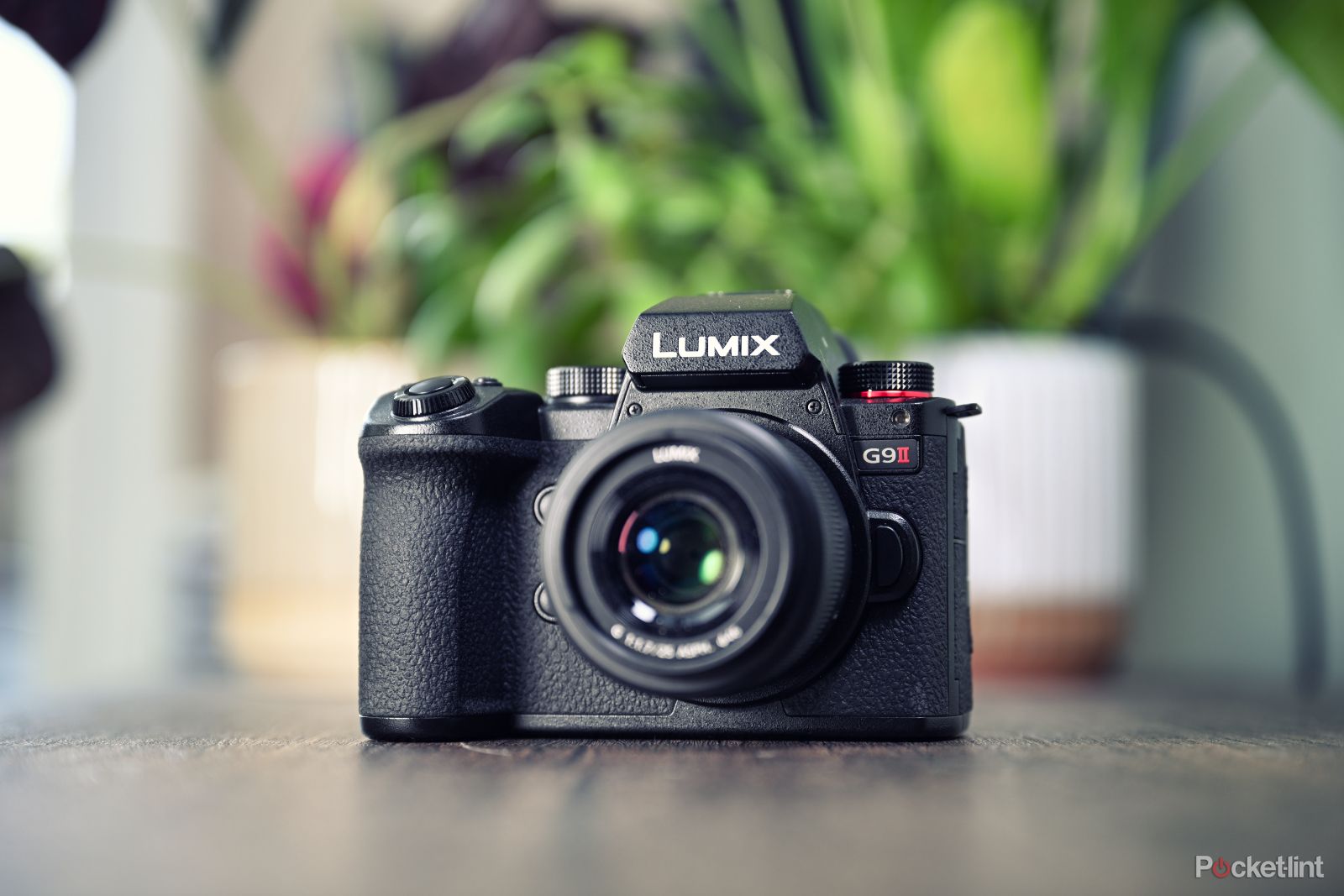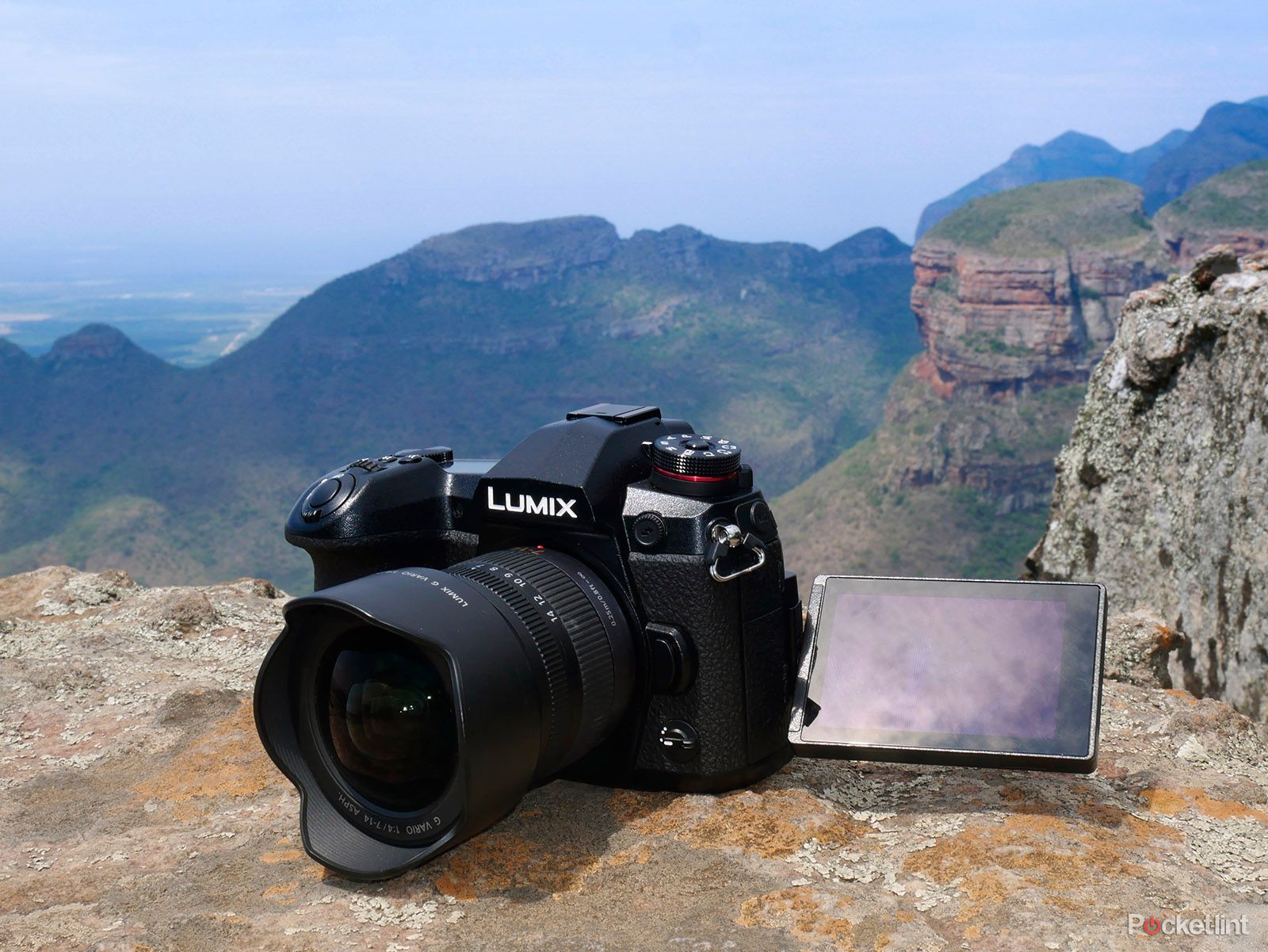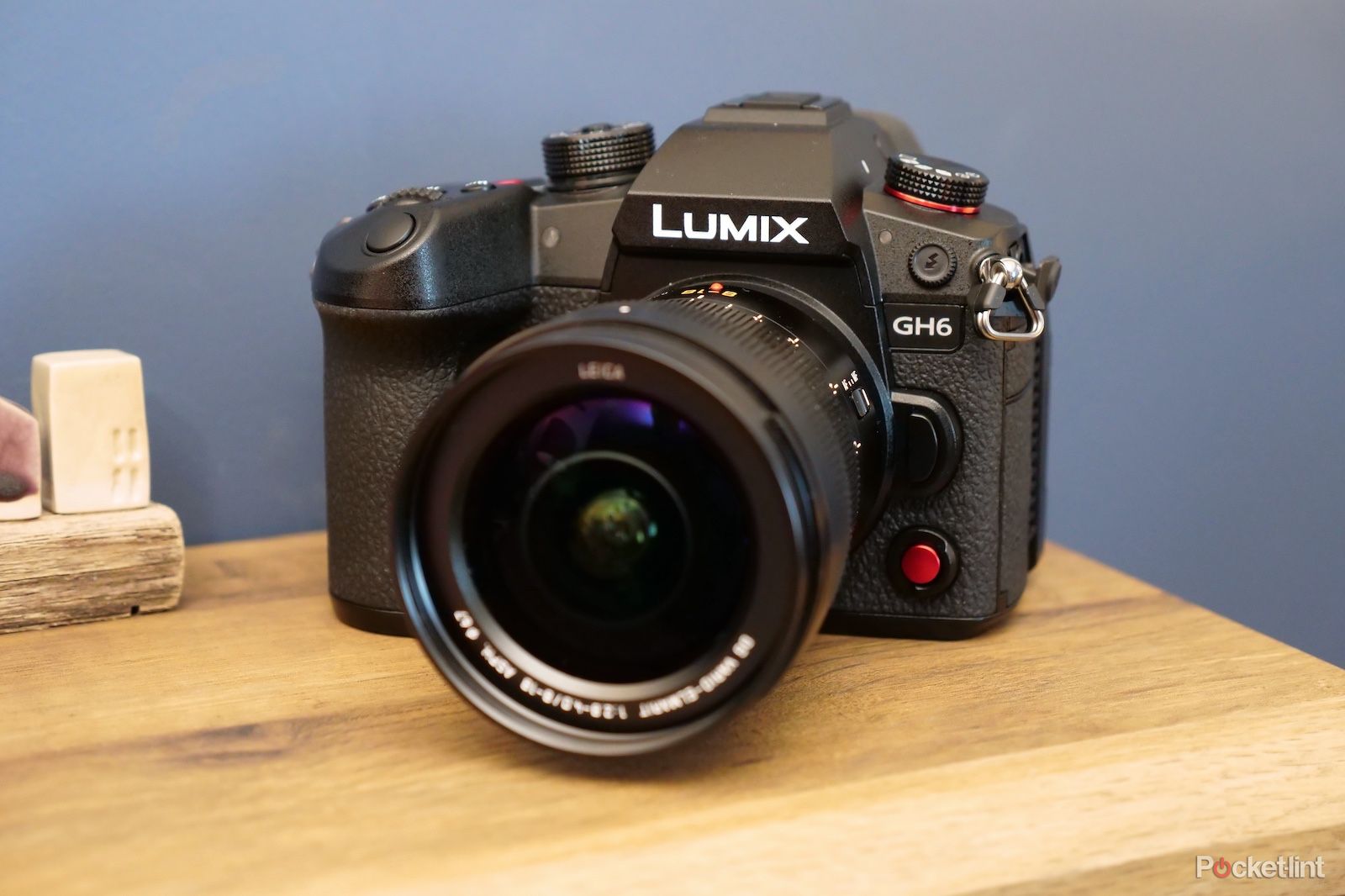Full-frame mirrorless cameras have dominated the market in recent years, but that doesn’t mean that they’re without their drawbacks. To accommodate those giant sensors, for example, full-frame cameras are still fairly bulky, and their lenses are downright massive. Micro four thirds cameras, on the other hand, are as compact as can be. Micro four thirds (MFT) camera sensors are about a quarter the size of their full-frame cousins. As a result, they’re lightweight, compact, and compatible with equally small lenses.
But for all that downsizing, MFT cameras are wickedly powerful, with many offering gorgeous 4K video, extreme-resolution photos, and advanced autofocus systems. As expected, they’re a darling for on-the-go photography and filmmaking. With years of experience in the photography industry, I know what makes an MFT camera worth its price tag. Thus, I wanted to test and review the top models on the market to help fellow creators shoot with the best. To aid me in my search, I collaborated with Pocket-lint’s team of professional photographers, tech nerds, and filmmakers – here, we present our findings.
Best micro four thirds cameras: Our top picks
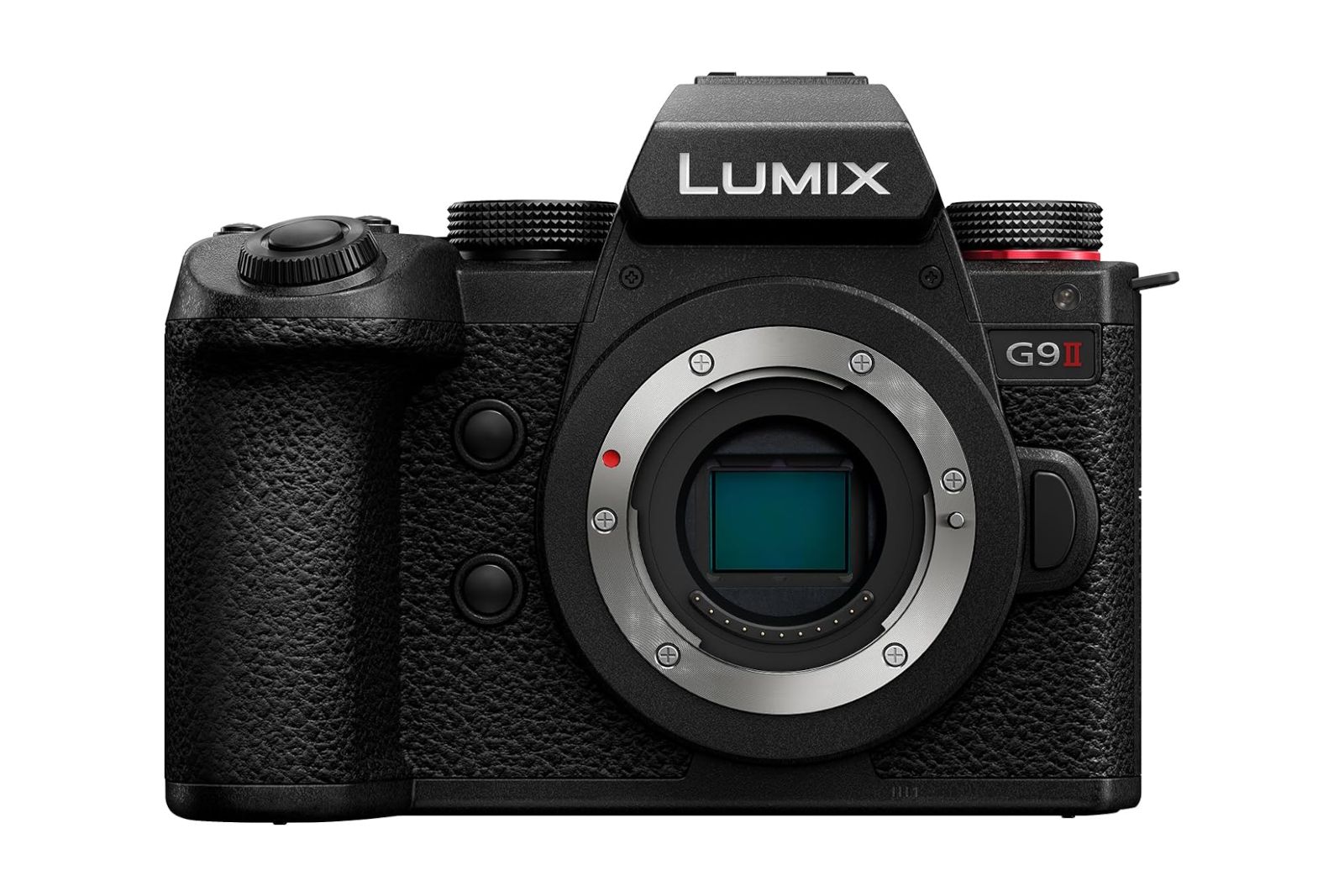
Panasonic / Pocket-lint
Panasonic Lumix G9ii
1. Best overall micro four thirds camera
The picture-perfect flagship with a killer price
Panasonic’s Lumix G9ii scores top marks across the board, with cutting-edge autofocus, lightning-fast burst shots, and extreme resolutions.
- High-quality 25.2MP photos
- Gorgeous 5.3K30p max video resolution
- 60fps burst shooting
- Apple ProRes support
- Advanced Phase Hybrid autofocus
- Not as compact as most MFT cameras
- Can’t match the low-light sharpness of full-frame cameras
When Pocket-lint contributor Luke Baker first tried out the Panasonic Lumix G9ii, he was blown away (to put it lightly). But his giddy response was warranted. This sub $2,000 camera is a professional hybrid that excels in both still photography and videography. And it has the specs to prove it.
For video creators, the 4K footage at 120fps is boosted in its brilliance by 10-bit 4:2:2 color, built-in LUTS, and even ProRes support. It can even shoot 5.2K footage, albeit at a lower frame rate of 30fps, but it’s a useful addition for those using lens adapters that need to crop out any vignetting. Best of all, the G9ii can record straight to an SSD, letting you shoot longer without needing to worry about swapping out the SD card.
And for still photography, the G9ii is equally impressive. The MFT sensor has a max resolution of 25.2MP. Combine that with the enhanced in-body image stabilization and cutting-edge autofocus, and you can take snapshots that crackle with clarity. The most insane spec of all is the 60fps burst shooting mode, which makes this a versatile choice for wildlife photography, sporting events, and any other fast-paced attraction that needs capturing.
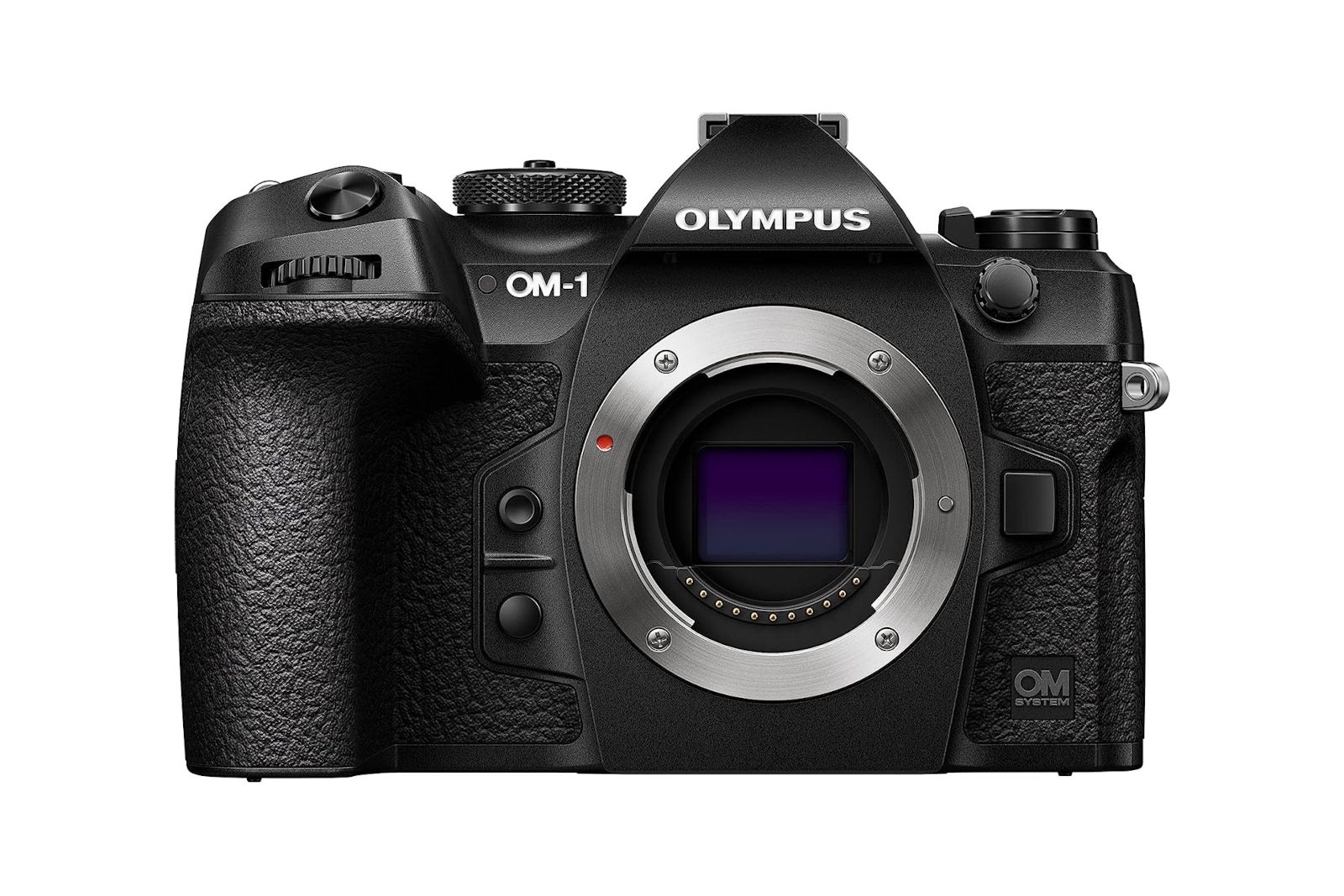
OM-System / Pocket-lint
Olympus OM-System OM-1
2. Best autofocus for action shots
Fast and accurate autofocus to capture speedy subjects
$2000 $2200 Save $200
Another fantastic hybrid MFT camera, the OM-System OM-1 is especially well-equipped for action photography via its AI-powered autofocus system.
- Face and subject tracking
- The TruePic X processor is super fast
- 4K video at 60fps
- Bright flip-out touchscreen
- Continuous drive is only 10fps with manual shutter
- Pretty pricey
A big draw of micro four thirds cameras is their compact, lightweight size. That’s why they’re ideal for photographing wildlife, sports, street action, and anything else you encounter on your travels. The OM-System OM-1 exemplifies this readiness for adventure perfectly.
Thanks to an updated TruePic X processor, the OM-1 is capable of extremely fast image recognition. This comes into play with the focus tracking, since even quick-moving subjects remain locked in. It’s a noticeable improvement over the OM-1’s predecessors, like the E-M1 Mark III and the E-M1X, as bird photographers can simply tap their avian subject and start snapping in-focus shots.
For all the focus on the OM-1’s photography chops, the video is just as good. It can capture 4K footage at 60fps, and that’s without any sensor cropping. The 10-bit color also adds to the cinematic power of the OM-1, landing it among the best hybrid MFT camera models on the market.
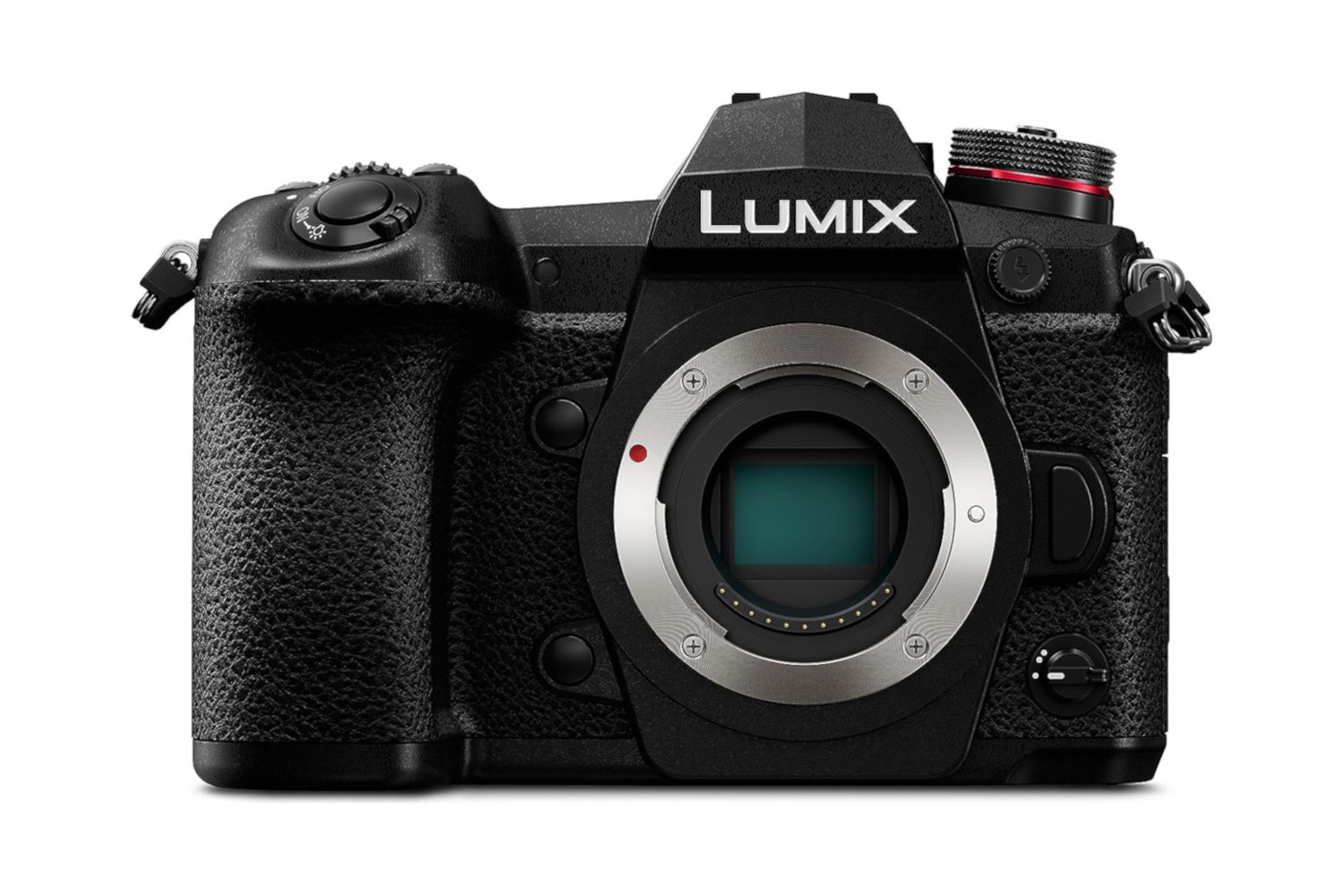
Amazon/ Pocket-lint
Panasonic Lumix G9 4K Digital Camera
3. Best price value for professional video
Gorgeous 4K video at an affordable price
With 4K video at 60fps, advanced stabilization, and a shockingly low price, the Lumix G9 is a beast of a bargain.
- 10-bit 4K60p video capabilities
- 5-axis dual image stabilization works with any L-mount lens
- Splash-resistant, rugged build
- Budget-friendly price
- Struggles in low light
- Autofocus is very basic
The cost of entry into professional filmmaking gets lower every year, even as industry standards go up. These days, 4K video is the minimum, and Panasonic’s Lumix G9 surpasses those standards with gusto.
The Lumix G9 can capture 4K video at 60fps, and it comes out buttery smooth thanks to the “5-axis dual image stabilization.” Even when shooting handheld, the IS kicks in and eliminates jitters and motion blur. It also has 10-bit color depth, another professional-grade spec that’s hard to find in this price range.
Of course, the Lumix G9 is still a budget pick, so it doesn’t boast advanced features like AI-driven autofocus or ProRes codec compatibility. It also has the pitfalls of other MFT cameras, like noticeable grain in low light. Nonetheless, if low-budget filmmaking is your jam, the Lumix G9 delivers the goods.
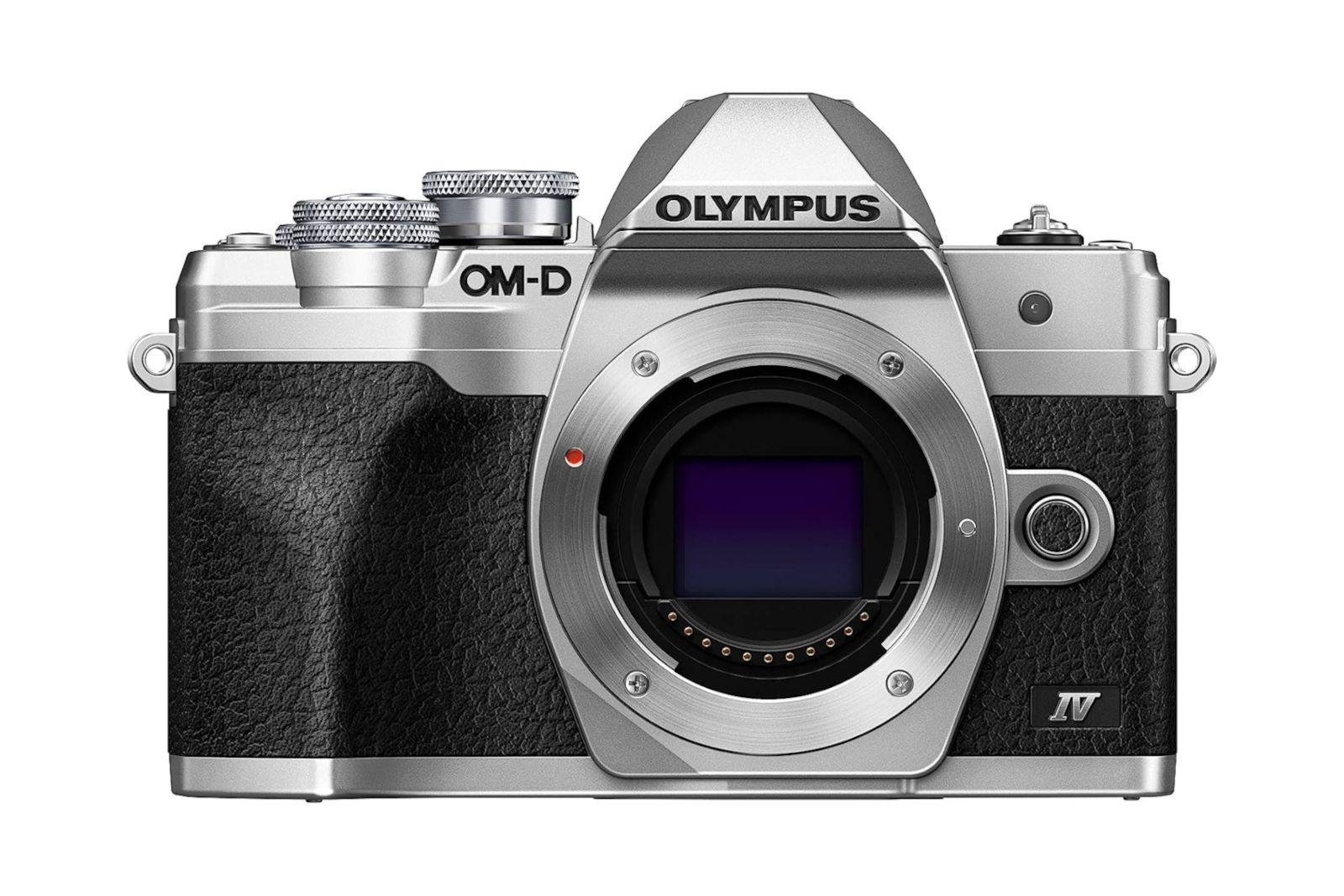
Amazon/ Pocket-lint
Olympus OM-D E-M10 Mark IV
4. Best micro four thirds on a budget
All the beginner basics for a bargain
The OM System E-M10 is a major win for those with tight budgets, and it offers 4K video, 20MP photos, and Bluetooth connectivity.
- Lightweight, stylish, and compact design
- Fantastic battery life
- Fairly good in-body stabilization
- Can transfer files to phones via Bluetooth
- Autofocus is contrast detection, so it’s a bit sluggish
- The 4K footage isn’t the smoothest, as it maxes out at 30fps / 102 Mbps
For beginner and intermediate photographers, the Olympus OM-D E-M10 Mark IV is perfect. The price is affordable, the specs are more than decent, and it has full manual controls for practicing composition. It also offers a few nifty features, like a selfie mode and Bluetooth file sharing, to sweeten the deal.
The E-M10 Mark IV is especially effective for travel photography. Its 5-axis in-body stabilization and lightweight build are essential when taking handheld shots, and it even keeps handheld videos looking shake-free. Whether shooting 4K video or 20MP RAW photos, the E-M10 Mark IV captures remarkably sharp images.
Of course, there are a few shortcomings that are to be expected in this price range. The autofocus is based on contrast detection, not phase detection, so it takes some time to lock in on its subject. Furthermore, the body sacrifices durability for a low weight, something that rough-handlers will have to keep in mind.
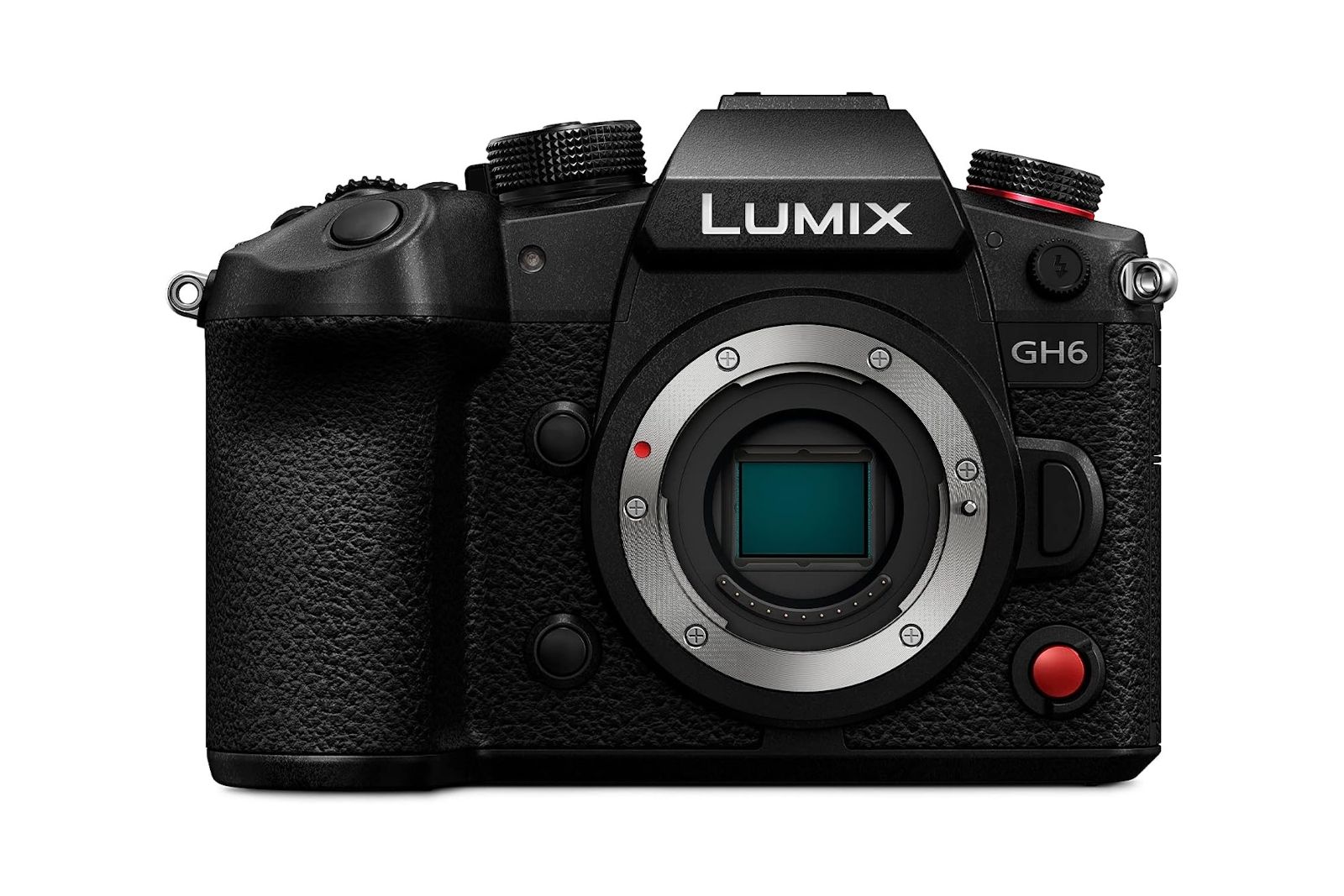
Panasonic / Pocket-lint
Panasonic Lumix GH6
5. Best professional workhorse for video
An MFT camera built for the big leagues
$1698 $2200 Save $502
With ProRes codecs, a 5.7K max video resolution, and four-channel audio capture, the Lumix GH6 from Panasonic is our top choice for professional filmmakers.
- Super robust build
- Four-channel audio capture
- Beautiful 5.7K60p max video resolution
- Internal Apple ProRes 422 HQ codec
- Relatively bulky and heavy for a MFT camera
- Expensive
When Pocket-lint’s Cam Bunton first got to try out the Panasonic Lumix GH6, he declared that it “stands alone without (a) peer in this price category.” And he was right to be impressed. The video capabilities of this camera are jaw-dropping, and there really aren’t any competitors that compare.
The biggest highlights include the 5.7K60p video resolution and internal ProRes recording. Indeed, your SD card better have a fast write speed, because this thing chomps through memory at up to 300Mbps. It also has four-channel audio recording, which means you can plug your mics right into the camera body and forget about syncing in post.
The Lumix GH6 even feels professional, with a hefty, sturdy body that places all the buttons and controls right at your fingertips. This intuitive button positioning further adds to its “workhorse” nature, as the Lumix GH6 is built (and priced) for professional production.
The bottom line: What’s the best micro four thirds camera?
Our top choice for the best overall MFT camera is the Panasonic Lumix G9ii. It bridges the professional at a more accessible price point with great autofocus and excels with stellar hybrid specs with still photos and videos. While it doesn’t hit the highest ceiling of professional level camera prices, this may be out of range for some. In that case, our selection for best budget MFT camera, the Olympus OM-D E-M10 Mark IV, or the best value pick, the Panasonic Lumix G9, are both great options.

Panasonic / Pocket-lint
Panasonic Lumix G9ii
Editor’s Choice
How did we choose the best micro four thirds cameras?
The best way to test out a camera is to get your hands on it and start snapping. Indeed, it’s not all about specs, something that I’ve learned after years in the photography industry. Admittedly, my professional career has focused mostly on film, so I’m partial to high video resolutions, frame rates, and bit rates. To make sure my recommendations were well-rounded and well-researched, I collaborated with Pocket-lint’s team of fellow photographers. Together, we came up with four main priorities to focus on:
Sensor: Micro four thirds cameras have a specific sensor size, but the power of these MFT sensors can vary considerably. We always check the maximum photo resolution to gauge how data-sensitive a sensor will prove to be. Measured in MegaPixels, this resolution will decide how sharp your photos turn out, and anything less than 20MP will likely prove to be too pixelated for cropping and smooth editing. Higher MegaPixels are also a good indication of how well a camera performs in low lighting, though this aspect is ultimately decided by sensor size. If you plan on shooting in the dark, you’d probably do better with a full-frame camera.
Video: These days, 4K is the standard for professional footage. You should also check the maximum possible framerate, with pro MFT models offering 60fps or higher. Codecs are another consideration, though H.265 and H.264 are more than sufficient to capture color- and data-rich footage. More advanced codecs, like Apple ProRes, are rarely requested by clients, but they’re still nice to have just in case.
Autofocus: The latest autofocus technologies are truly advanced. Features like AI-driven subject tracking are extremely useful for moving subjects, since they adjust the focus faster and more accurately than us human beings. And because MFT cameras are especially popular among wildlife, sports, and action photographers, the quality of the autofocus system is a top priority.
Image stabilization: Almost all interchangeable-lens cameras have some degree of image stabilization, but not all of them impress. Electronic Image Stabilization (EIS) basically edits the image in real time to eliminate motion blur, while Optical Image Stabilization (OIS) literally shifts the sensor in response to body shakes. A third type of image stabilization comes from the lens itself, but we only consider the on-body stabilization tech when reviewing cameras.
OIS is generally more successful, though some cameras offer dual image stabilization. We recommend looking into the details of a camera’s stabilization chops to make sure it meets your needs. If you like shooting handheld, quality stabilization is key.
Why are there only micro four thirds cameras from Olympus and Panasonic?
The Micro Four Thirds system is a mirrorless camera format that was invented by Olympus and Panasonic in 2008. As a result, they dominate the MFT market. There are a couple other camera manufacturers that offer their own models, including DJI, Blackmagic, and Kodak. However, most well-known brands are focusing on full-frame models these days, leaving the bulk of MFT innovations to Olympus and Panasonic.
Are full-frame cameras better than micro four thirds cameras?
Both formats have their own strengths and weaknesses. Full-frame cameras have much larger sensors, so they perform better in low lighting. That means less grain and “true blacks” when shooting shadowy night shots. But to accommodate those jumbo sensors, full-frame camera bodies are larger and heavier. Their lenses require greater distance between the aperture and the sensor, so full-frame camera lenses are also quite large.
MFT cameras won’t capture as much detail in shadow, but their smaller sensors can manage smaller-sized bodies. Their lenses are also more compact, since they don’t require as much distance between the aperture and the sensor. This makes them a top choice among wildlife photographers and anyone in need of portability. Most importantly, MFT cameras are generally more affordable than full-frame models that offer the same specs.
What does a “hybrid camera” really mean?
If a camera performs well in both video and still photography, it’s a hybrid camera. If it’s also compact, lightweight, and versatile, then it’s a great hybrid camera. When shopping for a camera, you should always consider what features are most important for you. Some people just want to snap still photos of birds, while others are filmmakers. If you’re interested in exploring both, then a hybrid camera is the way to go.
Trending Products

Cooler Master MasterBox Q300L Micro-ATX Tower with Magnetic Design Dust Filter, Transparent Acrylic Side Panel, Adjustable I/O & Fully Ventilated Airflow, Black (MCB-Q300L-KANN-S00)

ASUS TUF Gaming GT301 ZAKU II Edition ATX mid-Tower Compact case with Tempered Glass Side Panel, Honeycomb Front Panel, 120mm Aura Addressable RGB Fan, Headphone Hanger,360mm Radiator, Gundam Edition

ASUS TUF Gaming GT501 Mid-Tower Computer Case for up to EATX Motherboards with USB 3.0 Front Panel Cases GT501/GRY/WITH Handle

be quiet! Pure Base 500DX ATX Mid Tower PC case | ARGB | 3 Pre-Installed Pure Wings 2 Fans | Tempered Glass Window | Black | BGW37

ASUS ROG Strix Helios GX601 White Edition RGB Mid-Tower Computer Case for ATX/EATX Motherboards with tempered glass, aluminum frame, GPU braces, 420mm radiator support and Aura Sync


